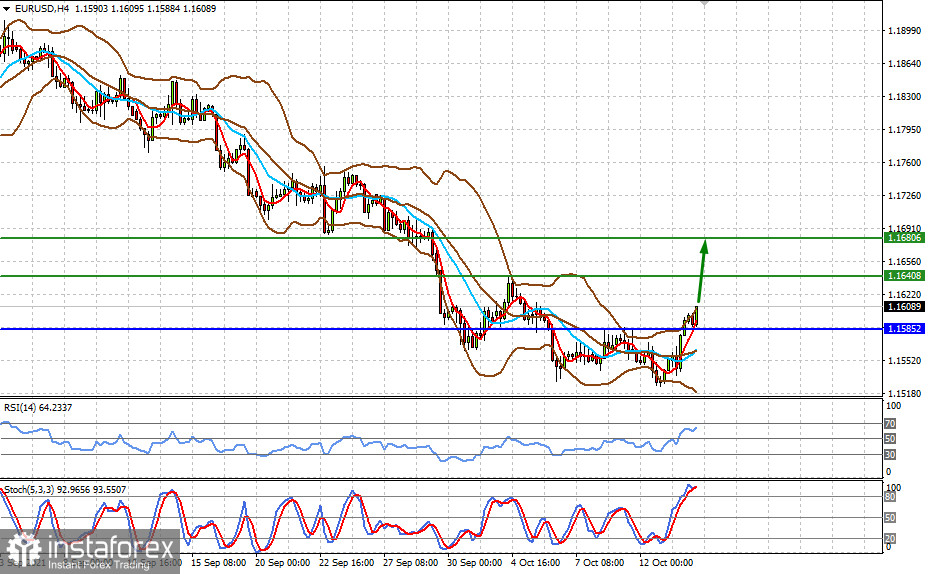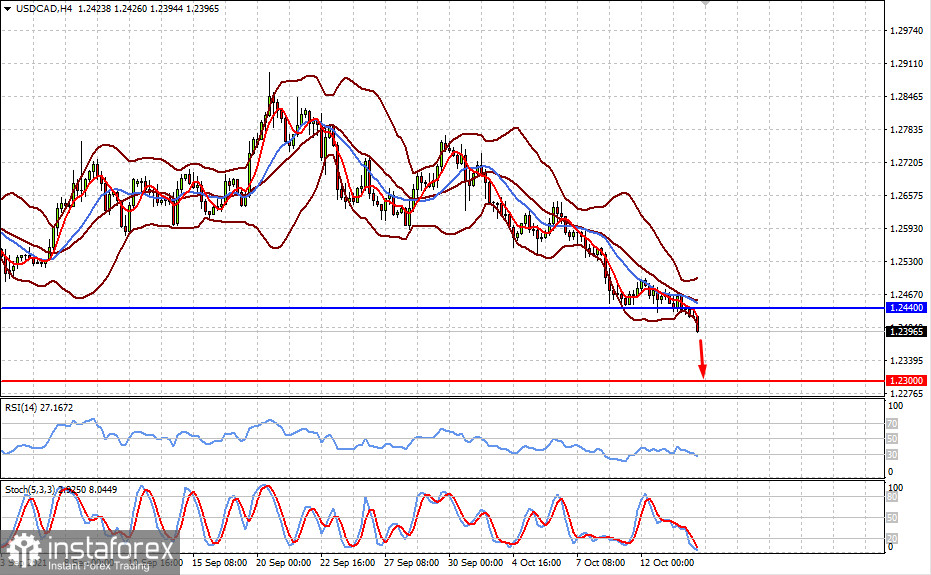The Fed begins the process of reducing the volume of asset repurchases - government bonds and secured mortgage securities in November. Strange as it may seem, the US dollar is under pressure against this background, as well as the growth of inflation.
The minutes of the Fed's last monetary policy meeting published on Wednesday showed that the members of the Central Bank are in favor of starting the reduction of stimulus measures as early as next month. Although this is already a statement, and not the predictions of the regulator, investors reacted to them by selling the US dollar. Its rate was not even supported by the US consumer inflation data published yesterday, which rose to 5.4% in September after some correction in August to 5.3%.
Why did the markets react so strongly to inflation growth?
We believe that the topic of cutting off stimulus measures by the markets has already been fully played out, at least until the actual start of this process. As for the inflation growth, investors had no illusions about this. The forecast of Fed Chairman J. Powell regarding a temporary increase in inflation, then its stabilization by the autumn of this year, followed by a gradual decline, did not come true. The markets understand that high inflation will remain in the current conditions. It was repeatedly pointed out earlier that the main reason for its growth is the use of "helicopter money" or large-scale measures to help the American population with unsecured money. For political reasons, the current administration of J. Biden cannot, at least now, stop this, which means that inflationary pressure will persist, if not increase.
The US government debt market ignores the actual announcement of the start of the QE reduction, which is manifested in a decrease in the yield of treasuries for the last two days. This puts pressure on the US dollar. In addition, the negativity is the change of investors' focus from the topic of inflation and cutting QE to the start and quite good corporate reporting in the United States, which is expected to be generally positive.
The demand for risky assets puts pressure on the dollar exchange rate and supports the value of commodity and commodity assets. There is a strong increase in gold's price, while crude oil prices, supported by high demand for it before the cold winter, have surged again while supporting the exchange rates of commodity currencies – for example, the Canadian dollar and the Norwegian krone.
Maintaining the local positive mood is expected to support the demand for shares of companies and commodity assets, with a simultaneous weakening of the US dollar.
Forecast of the day:
The EUR/USD pair made an upward reversal amid growing demand for risky assets. After breaking through the level of 1.1585, an opportunity opened up for it to grow first to the level of 1.1640, and then to 1.1680.
The USD/CAD pair declines below the level of 1.2440. A weak dollar and updated growth in crude oil prices will push the pair down to 1.2300.























